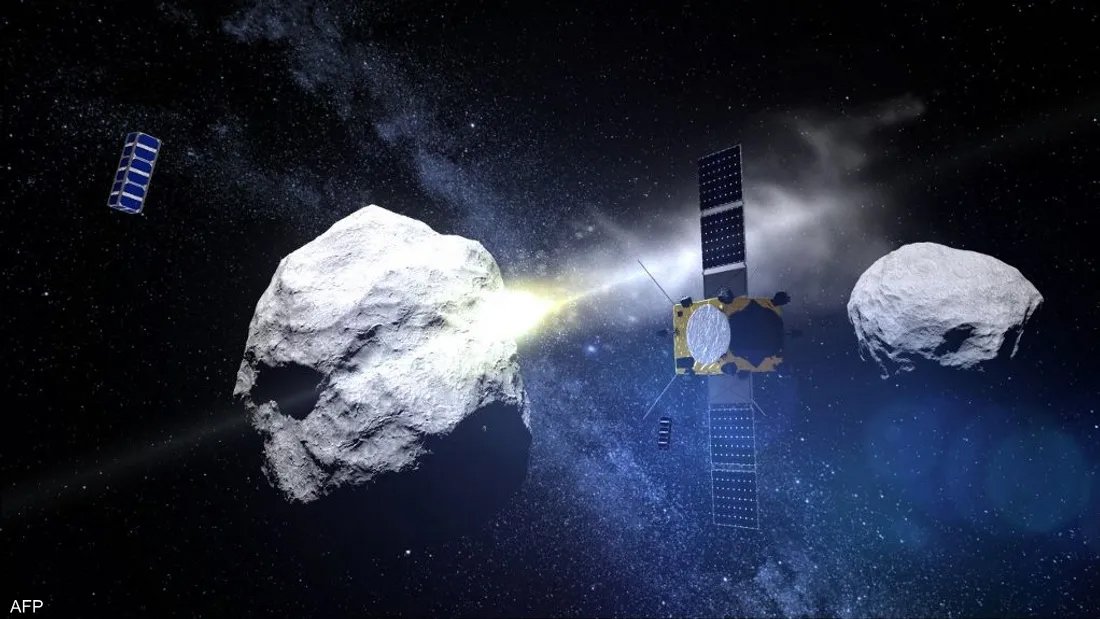Scientists have developed a groundbreaking method that could protect Earth from the potential threat of a catastrophic asteroid impact. According to a new study, X-ray pulses could be used to deflect massive asteroids that are on a collision course with our planet, as reported by the Daily Mail.
X-ray Technology to Alter Asteroid Paths
The innovative technique involves using X-ray pulses to vaporize the surface of an approaching asteroid, turning it into gas. This process changes the asteroid’s trajectory, potentially diverting it away from Earth. Researchers believe this method could be key to future planetary defense missions, helping to deflect asteroids or comets that come dangerously close to Earth.
How the Experiments Were Conducted
A team from Sandia National Laboratories in Albuquerque, New Mexico, conducted tests using X-rays generated by a nuclear device. They targeted two small asteroid models in a vacuum, mimicking the conditions found in space. In both experiments, the X-ray pulses heated the asteroid surfaces, creating a vapor cloud that altered their momentum and trajectory.
The researchers then scaled up their simulations to estimate how this technique could be applied to larger asteroids. Their findings suggest that even asteroids up to 4 kilometers in diameter could be successfully diverted using this strategy.
Planetary Defense Applications
Experts say this X-ray technology could play a crucial role in future planetary defense efforts, particularly against asteroids large enough to cause significant regional damage or even global catastrophe. The study emphasizes that asteroid impacts pose one of the many natural risks to human civilization.
NASA’s Asteroid Deflection Tests
This new research builds on previous asteroid deflection experiments, such as NASA’s DART mission, where a spacecraft was deliberately crashed into an asteroid to change its course. While effective, such missions are costly and require significant preparation time.
Scientists highlight that the most famous asteroid impact in history was the Chicxulub asteroid, which struck Earth 66 million years ago. This collision, involving a 15-kilometer-wide asteroid traveling at 20 kilometers per second, led to the extinction of the dinosaurs and left a crater surrounded by mountains taller than the Himalayas, with dust filling the sky for 15 years.
Conclusion
With the potential to revolutionize asteroid defense, this X-ray pulse technology represents a promising and less resource-intensive alternative to traditional deflection methods. By vaporizing asteroid surfaces and altering their paths, it may one day safeguard Earth from catastrophic impacts.



